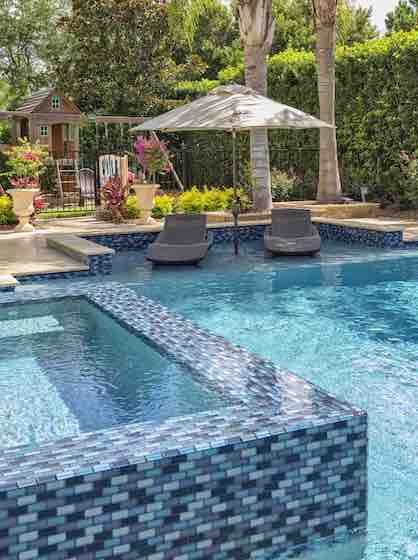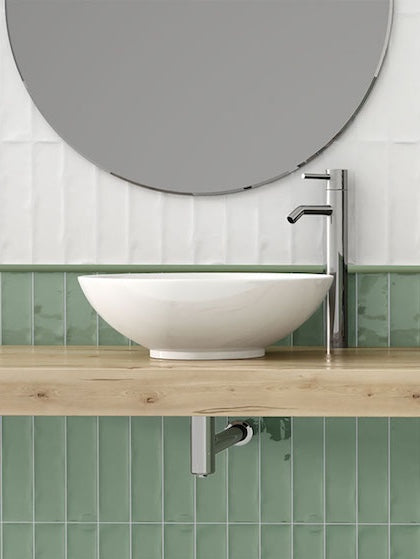Boatwood Installation Recommendations
We recommend using an adhesive along with nails to adhere. Using an adhesive is easy and applies to any properly set up surface.
Recommended Adhesives:
- Urethane Adhesives for Wood Floors.
Readily Available Brands:
- Large Areas (Trowel): Sikabond -T21, Bostik Multi-grip • Small Areas (Caulking gun): Bostik HDCA
Recommended Tools for Installation
- Adhesive
- 3/16 Notched Trowel
- Sponge (Cleanup)
- Level
- Chalk line (Optional)
- Cloths (protecting floor and cleaning)
- Miter Saw/Chop Saw (Material is thin and easy to cut, use of electrical saws should only be used by knowledgeable professional.
Pin nailer or small nails and hammer (Optional).
Detailed Instructions Pre Installation Preparation
-
Before purchase measure the length and width of your wall to get estimate of sq.ft of material
required. Always order 10% more than your measurement suggests to cover cutting to finish
installation 2. Remove Timber product from box and check material
-
Where available, lay product out on a flat surface and mix tiles as needed to create desired
blend of colors and/or hue. Blending is important! Especially with painted materials to insure
final installation has consistent variation.
-
For individual tile and plank options, refer to our “layout guide”
-
Application surface should be waterproof (drywall should be painted/sealed), clean, and free of
anything sticking out. Skim extremely rough wall surfaces as needed.
-
Determine starting location of installation
-
Many walls may not have perfectly perpendicular top and bottom or left and right edges. In such
cases the final materials may require some special trimming to meet the finishing edge
-
Consider where you want to trim the installation. If you start at the top, you likely will trim at
the bottom, if you start at the bottom you will likely trim at the top and if you start in the middle you will likely trim on both finishing edges.
Installation (These instructions are written for an installation where materials are run horizontally (top to bottom or bottom to top), If running material vertically, consider tweaking below instructions to reflect installing left to right or vice versa)
-
Determine starting height location of installation. Using level and/or chalk line create a level guide along the wall at this height. (If using floor or ceiling to start, check to insure a level edge)
-
Using trowel, apply a thick quantity of adhesive above chalk line and using the straight edge of the trowel, smooth across application surface to a final thickness of approximately 1⁄4”. (Adhesive should be applied in small quantities so that you are able to place material before adhesive sets!). Run the notched (jagged) edge of the trowel across the adhesive to create ridges across the surface.
-
Place initial tile with bottom edge flush with level guide, pressing firmly into adhesive. Use pin nailer to nail tile into place so it cannot sag while adhesive dries.
-
Interlock consecutive tiles into place on wall, pressing each piece firmly against adhesive surface while also pushing against adjoining tile to minimize any gaps. Nail in place as needed
-
Repeat step 4 across complete wall (applying additional adhesive per step 2 as needed) making sure that each piece stays flush with level guide.
-
Place consecutive row (either above or below) offset from the preceding row according to our “layout guide” or your own preferred pattern.
-
Repeat steps 4-5 for all consecutive rows until no additional full tiles can be placed on wall.
-
Finishing top and/or bottom edge. Measure distance between edge and last complete row. Cut
tiles to this width (*Note, if your edges are not straight you may have to custom cut pieces to fit)
and then adhere cut tiles following steps 4-5
-
Finishing sides. Measure distance between tiles and edge of wall for each row. Cut individual
tiles to fit these distance and then adhere following steps 4-5.














